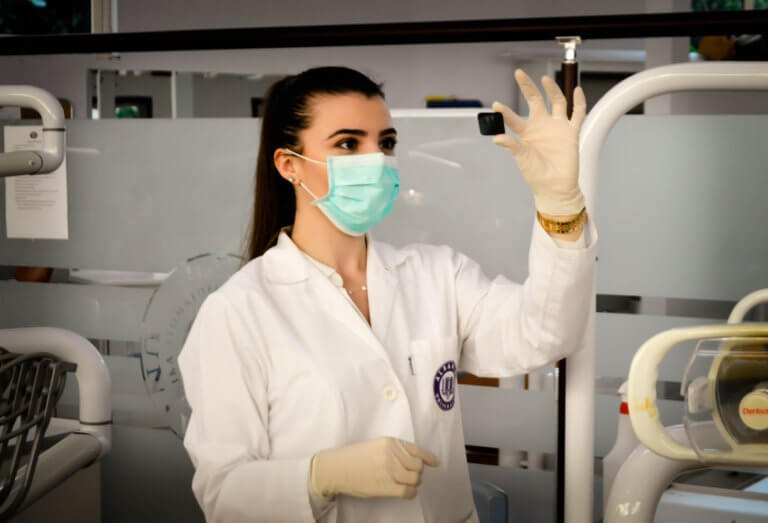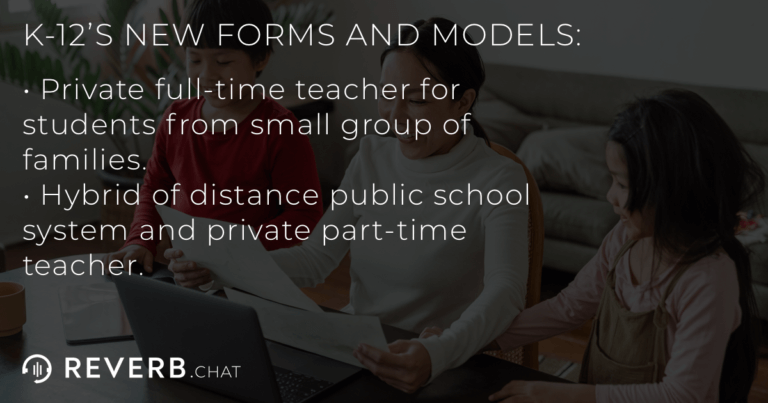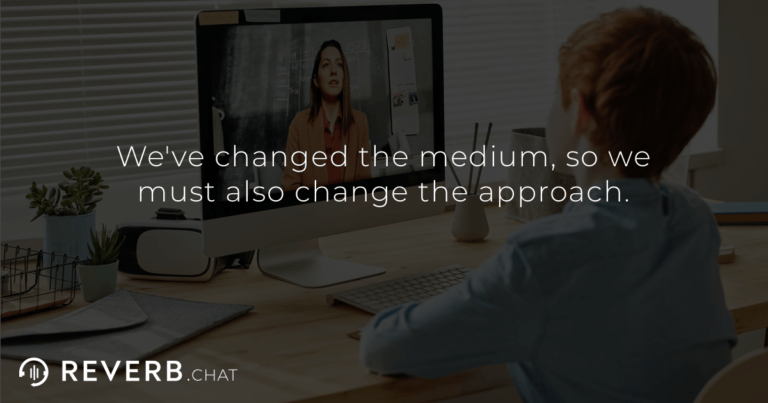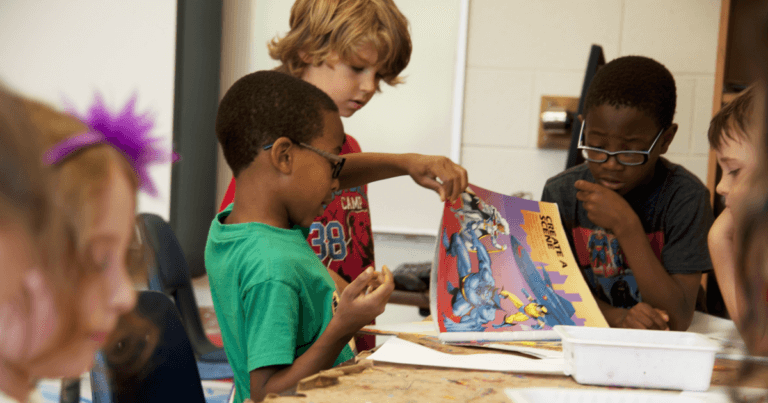The author’s views are entirely his or her own and may not always reflect the views of Reverb.
As we adjust to the ‘new normal’ of COVID-19, many of us are asking ourselves – will distance learning be permanent?
According to the trends, yes, distance learning is here to stay. However, not for all ages or professions (or at least, not yet).
What’s in this article:
How will distance learning impact adult education?
The most likely place where distance learning will become permanent is adult education.
It’s more convenient to learn online for this demographic. Providers have been responding to the digital learning desire since the mid-2000s when they first introduced live-online instruction.
Lately – over the past few years – we have seen a surge in online enrollments through platforms like Coursera, EdX, and Udacity. With this in mind, many adults will forego traditional classes or tutoring and use online platforms exclusively.
The notable exception is in the sciences, the medical professions, and the trades. While online simulations can teach adults how to approach a problem, hands-on experience in these professions is often required to be good at your craft. Virtual reality is touted as a possible solution to this problem. Still, it’s unlikely that we will see VR implemented practically any time soon.

K-12 education
For K-12 students, we see a different picture. Most students in this age bracket don’t do well with all-online classes. They get distracted and need the accountability that traditionally skilled teachers and the classroom bring.
Guardians in K-12 are looking for alternatives.
Most public schools are going to be online-only, or a hybrid model, this fall. As a result, some parents are even turning to private schools to get the in-person learning they desire.
It’s not just academic performance parents are worried about either.
Crucially, guardians are concerned that distance learning does not meet the social/emotional needs of K-12 children.
This type of learning, known as SEL (social and emotional learning), is why we’re seeing blended models emerge.
An example is “pod learning” or “at-home schools,” also referred to as “micro-schools.” Micro-schooling is where families (with similar attitudes towards quarantining) hire private teachers to teach to a small group of students in their homes or at a leased space.
These new models are taking on a number of forms:
- Some families rely on the public school system to provide a distance learning session in the morning and are then hiring a private teacher to oversee an afternoon session.
- Other families are keen on banding together to hire a full-time teacher dedicated to a small group of students.
The pod or micro-school can also rotate from house-to-house, giving parents a break from having kids at a specific home. Meanwhile, students get face-time with each other as well as additional educational training.
If parents see positive outcomes from this approach, the model will remain and may expand to stand-alone micro-schools after COVID-19.
Will colleges ever be 100% online?
For institutions that have struggled to become financially solvent and are looking for ways to reduce costs while also attracting more students, remote learning is an enticing option.
With remote learning, colleges save money, offer their services for lower fees, and serve a broader base. For this reason, remote learning will likely become permanent for many college-age learners.

The exception will be the Ivy Leagues and the ‘Little Ivies.’ The attraction to these schools goes beyond academics. The campus experience, social life, and access to professors across a range of majors means these students will never shift to a 100% distance learning model.
When the threat of COVID-19 has diminished, Ivy League and similar schools will quickly be up and running again in person.
The future of distance learning
There is an assumption with distance learning that educators can take a model that works face-to-face (i.e., a classroom or lecture-style education) and put it online with the same results.
What COVID-19 has taught the world is this doesn’t work – and it’s the key reason why distance learning, in its current state, will not be permanent today.
However, this doesn’t mean we are not moving towards distance learning being a more constant fixture in the future.
The key to distance learning becoming permanent is rethinking educational experiences online from the ground up, solving for engagement, motivation, social-emotional interactions and self-accountability, without a live instructor.
In other words, we’ve changed the medium, so we must also change the approach.
Headway is already underway. Adaptive algorithms can identify a student’s strengths and blind spots and create one-of-a-kind study journeys that meet a child where they are and guide them to success. This level of attentiveness is impossible for human instructors to replicate at scale.
Meanwhile, by taking the best of what we’ve learned from video games, growth mindset research, and social media, we can design experiences which not only strengthen students’ academic knowledge but help them grow socially and emotionally as well.
For quite some time, education is going to remain blended. However, if technologists and teachers can crack online engagement and social-emotional interactions, the future of education will change.
Distance learning could overcome its obstacles today, leading to a robust and scalable education solution affordable for all.







